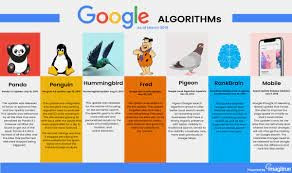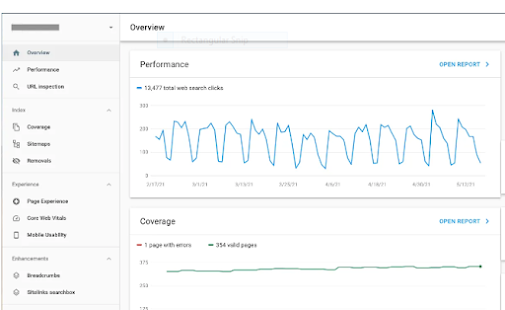SEO History & Evolution
Search Engine History & Evolution
History of SEO
Search Engine is a software to provide information as required by user. Google is a popular internet search engine. Yahoo, MSN, and Bing are other search engines. Google was founded in 1998 by two university students, Sergey Brin and Larry Page. Though many Internet web pages were available in the past, search results were not effective. It came into high relief during the 2011 Twin Towers attack by terrorists in the US. Optimization is to get the best Internet search results. Main aim of google is to give the best result to user, that is to gain user trust.
SEO means search engine optimization. Search engine result pages are known as SERPs.
The three main steps of SEO are:
Crawling: Scanning of web pages Crawlers are also called spiders or BOTs.
Caching: Storing the scanned result in the database based on category
Indexing: Retrieving the result from the database
Evolution Of SEO
Initially google was not in a position to crawl effectively the web pages . Hence 32 pages optimization guidance was provided to help google crawl. Earlier web pages were ranked on the basis of keywords. This was content-specific. There was no quality in the content (web page makers started stuffing web pages with key words), which is also known as the "black hat" technique (unethical). Ethical means of creating web pages is known as White Hat Technique. Later importance was given to Links . Web pages with more links were given a higher rank. Subsequently, Google started giving ranks to web pages (out of 10); links from quality web pages (link value) were given a higher rank. Rank indicated Trust Value. To have control on high quality web pages selling the links new technique was introduced by google known as Passing the Juice (web pages lose rank on selling the link and receiving web pages gain rank). Later No Follow Mechanism was introduced (no passing of equity, can be used for only reference purpose).
In 2008, Google became more popular with the introduction of advertisements. Google then came up with Ad Word (providing advertisements) on platforms like YouTube. Later, advertisements were allowed to be used in user web pages (Ad Sense).
2010: Social media became popular, and web pages receiving links from popular media were used to gain rank.
Ranking was later given to web pages were user started spending more time (Pogo Sticking). Websites with less user interaction increased their bounce rate.



Comments
Post a Comment